Researchers have successfully deposited high quality dilute magnetic semiconductor thin films on lead magneisum niobate titanate single crystals.
Bioinspired magnetic nanoparticles
A group seeks to reproduce the nanoparticle-synthesizing ability of magnetotactic bacteria.
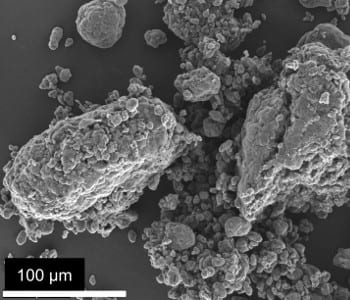
Deagglomeration of carbon nanotubes
Researchers have developed a method for breaking up CNT bundles to deliver individual nanotubes using surface acoustic waves in a piezoelectric substrate.
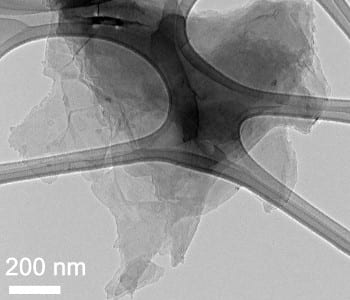
Producing graphene nanosheet hybrid catalysts
A team introduce a soft processing approach for the continuous synthesis of high-quality graphene nanosheets via electrochemical exfoliation of graphite.
Controlling the oxygen content in nanometer thick oxide thin films
A MIT research group led by Prof. Harry L. Tuller has attempted to control the oxygen content of oxide thin films in situ through electrochemical methods.
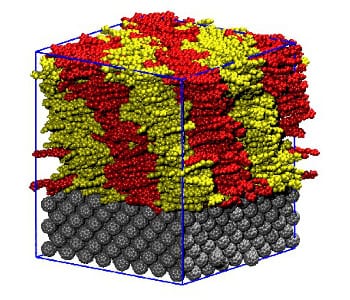
Studying the deposition of sexithiophene on fullerene
Prof. Zannoni and co-workers publish research on the deposition of sexithiophene on a fullerene substrate.
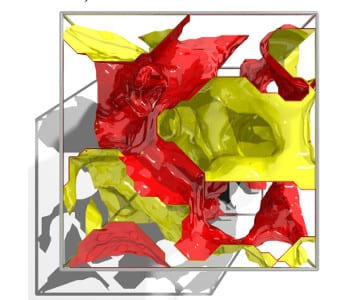
Modeling improved organic solar cell behaviour
A new electrostatic model has been developed, which treats electrons and holes not as point charges or an average electrostatic density, but as delocalized Gaussian spheres.
Funtionalising scaffolds for nanoparticle templating
Short engineered protein sequences have been used to initiate the simultaneous synthesis of two inorganic species in desired locations with nanoscale accuracy.
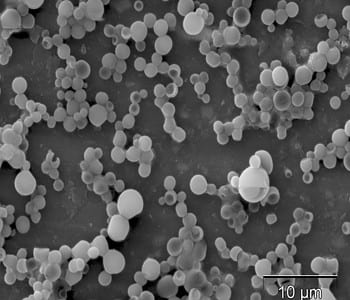
Cancer treatment based on PLGA microparticles
Researchers have developed a cancer imaging and therapy agent composed of PLGA microparticles encapsulating a perfluorocarbon liquid core.
Polymers to challenge silicon photodetectors
A Chinese research group has taken a molecular engineering approach to optimize the solubility and thin-film morphology of low-bandgap polymers.










